|
|
 |
|
|
Bunkerflak 8.8cm - the Buffalo of the East
|
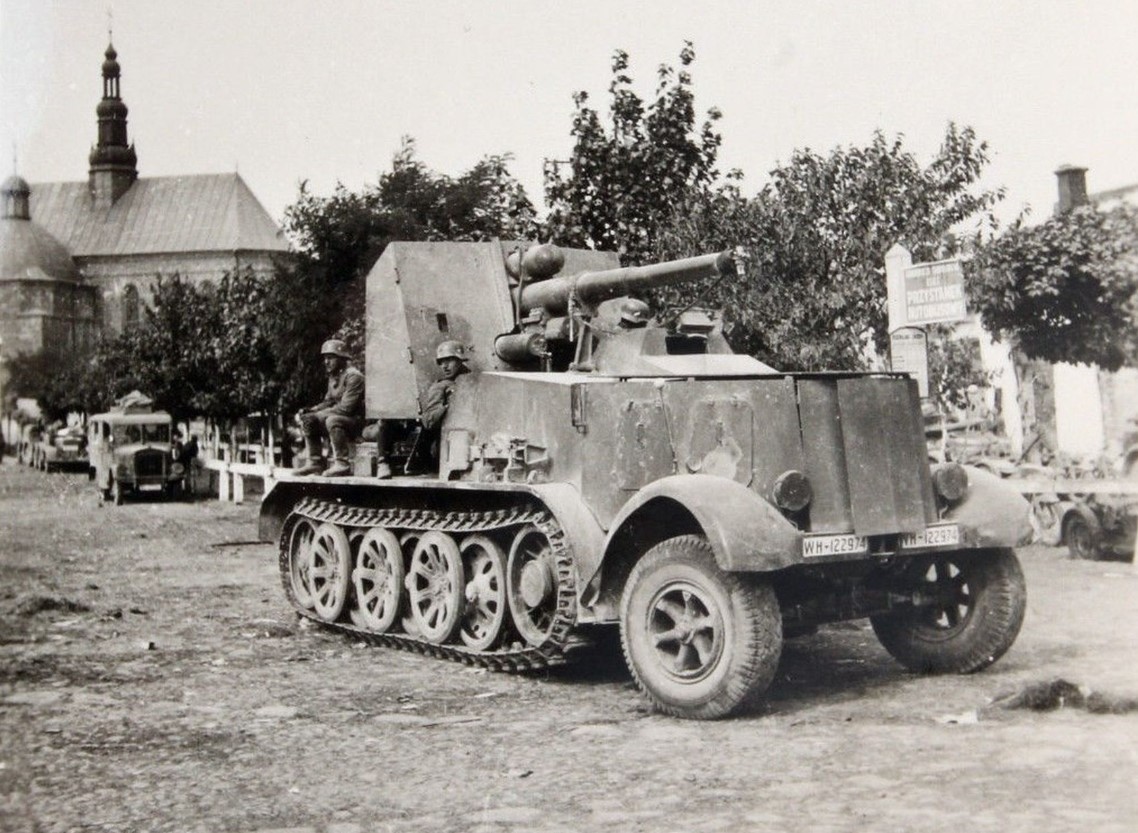
|
Bunkerflak 8.8cm - the Buffalo of the East
With Adam Brooker
The Germans seem to love giving their weapons super long names, and this one is no exception, the 8.8 cm Flak 18 (Sfl.) auf Zugkraftwagen 12t (Sd.Kfz. 8), or Bunkerflak or just the ‘Bufla’ (Buffalo) is a German self-propelled gun that was initially designed for destroying bunkers and other hardened fixed positions out of range of enemy return fire. The Eastern Front Compilation re-introduces this unique vehicle from the Early War books and the older Mid War Monsters in previous versions.
|
|
It was initially designed before WW2 with the experience the Germans had gained from their involvement in the Spanish Civil War, and the use of the 8.8cm Flak 18 in that conflict proved it was not only a good anti-aircraft weapon, but also very good against vehicles and bunkers. So much so in fact it became used mostly in the ground support role in Spain, out of 337 combat missions where it was used, only 31 were against enemy aircraft.
|
|
Because they were used in such close support roles, the crews became susceptible to enemy fire, with the casualties amongst the Flak gun crews being second only to the Condor Legion bomber crews. This led to the successor weapon the Flak 36, having a large gun shield added to give the crew some more protection.
|
|
They found the flat trajectory, high penetration, and very long range of the Flak 18 anti-aircraft gun made it a very effective bunker buster, as well as later in the war as a tank destroyer. Its hypothetical effective range of 14km against ground targets, meant it could stay well out of range of return fire, and pulverise a hardened position with little chance of retaliatory fire, and if the gun could be made mobile, if they started getting targeted by artillery it could quickly reposition.
|
|
The Germans thought if they had to invade Czechoslovakia, they would need a mobile version of the Flak 18, to defeat concrete Bunkers or armoured gun turrets in hardened targets, so they requested Rheinmetall to make them a more mobile version of the Flak 18. So Daimler Benz fitted a Flak 18 and gun shield onto what was essentially a prototype Sd.Kfz. 8 half-tracked prime mover (DB s 7 Sd.Kfz 8) that was to be used to move either heavy artillery or other such large guns. Some later vehicles were mounted on DB 9 Sd.Kfz. 8 half-tracks, but were essentially the same. This became the 8.8 cm Flak 18 (Sfl.) auf Zugkraftwagen 12t (Sd.Kfz. 8), Bunkerflak, or Buffalo as a nickname by their crews.
|
|
The vehicle itself was armoured at the front with 15mm of plating to stop small arms and shell splinters, mostly to protect the engine compartment, the driver was also given a lowered down armoured cupola so he could drive under small arms fire. A large gun-shield was added for extra protection for the crew, so they could continue to operate while under fire, a decent crew could fire 15 to 20 rounds per minute.
|
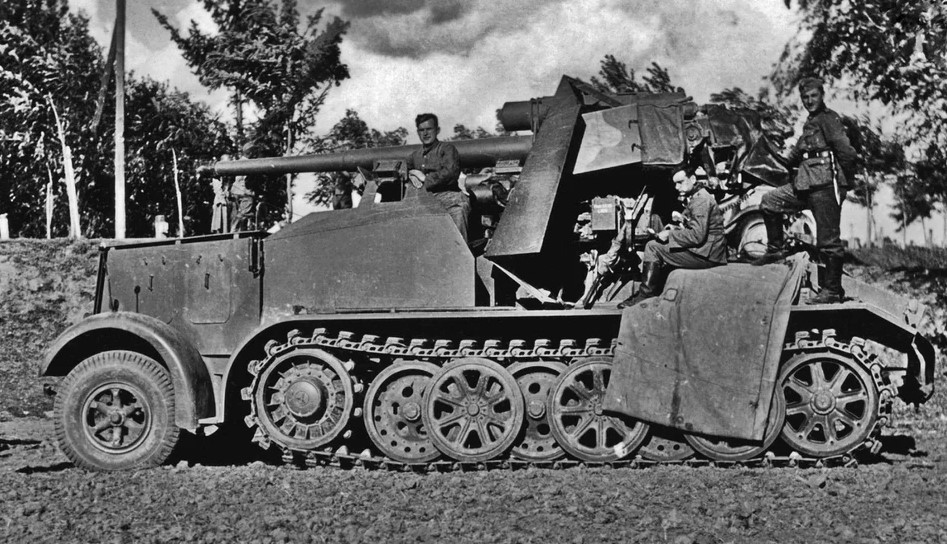
|
|
The Flak 18 when mounted on the Sd.Kfz. 8 half-track it could fire directly ahead without a problem, but had a limited transverse of 151° to each side of the gun-shield, and an elevation of -3° to +15°. It had three bench seats on the upper deck, with one for the Driver and his assistant, and two more bench seats for the gun crew. It also had not machine gun fitted for close protection, but it was not supposed to get that close to the enemy, and would rely on other units or mobility for protection against infantry or small arms.
|
|
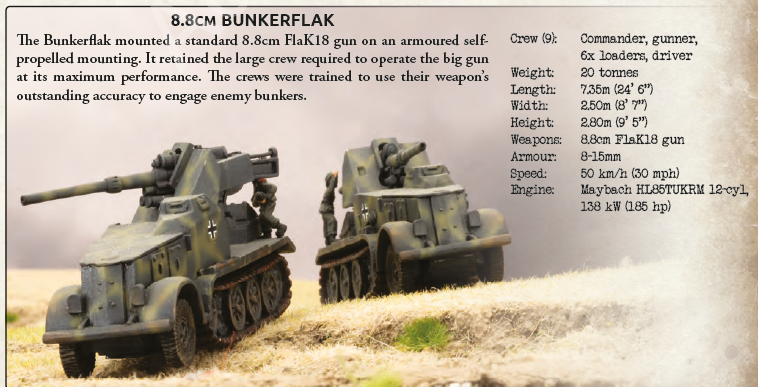
|
Ten vehicles were made in late 1938, but ironically were never used for an invasion of Czechoslovakia, because the country was occupied in 1938 with minimal resistance. The German’s must have been very happy about this, as Czechoslovakia had a relatively modern army with 35 divisions and produced its own weapons, tanks and artillery. It would have been a difficult first test for a new army, and new vehicles, against a modern enemy with comparable tanks, the world’s 7th largest economy and weapons producer, and one of the most modern and developed in Eastern Europe.
|
|
But it would soon get its next chance to see combat, when Germany invaded Poland in September of 1939, after creating a false flag incident in Gleiwitz to give some minimal justification for doing something the British and French and Polish had been concerned about for years. The unit was assigned to the first company of the Panzerjäger-Abteilung 8 anti-tank Battalion, and saw action in the invasion against Polish forces. They also took part in the Invasion of France in 1940, fighting with both 1. and 2. Panzer Divisions, helping to either take fortified strongpoints, or fighting the larger, heavier tanks that the Allies had begun to field.
|
|
They reportedly helped take on and destroy the French heavy tanks, like the Char B1 and the even more heavily armoured Char B1 bis, which was almost impervious to the weapons the Germans could field. They lost two vehicles in the fighting, but was proven to be effective in this anti-tank role, but it was becoming more obvious that the allies were producing much heavier tanks than the Germans had currently.
|
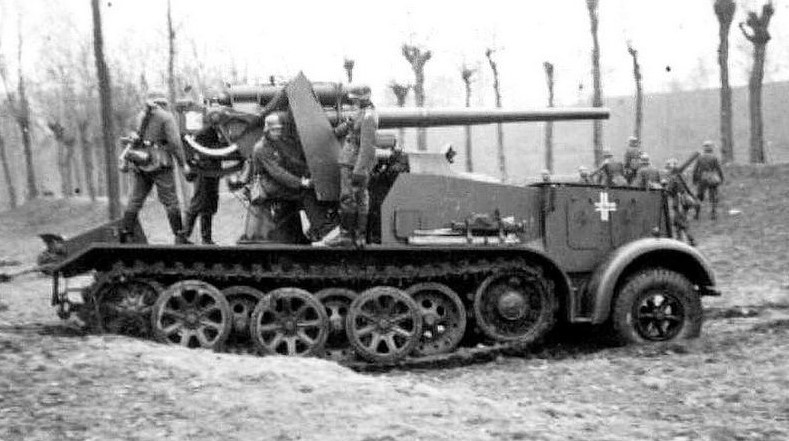
|
|
They then took part in Operation Barbarossa, the Invasion of the Soviet Union in 1941, and the company was redesignated Panzerjäger-Kompanie 601 in January of 1942 with eight vehicles, and then made the third company of Panzerjäger- Abteilung 521 in April of 1942 with only four vehicles left. This was the same Abteilung that the Dicker Max and Sturer Emil experimental tank destroyers were part of, and they were fighting around the Caucasus with Army Group South. Despite the long range of the Flak 18, the unit was gradually suffering from attrition, and it was becoming obvious its mobility, high-profile and thin armour was not enough to protect it from the dangers of the Eastern Front battlefields. The last 3 operating vehicles were lost some time in March of 1943, they may have escaped the defeat at Stalingrad, but did not last much longer.
|
|
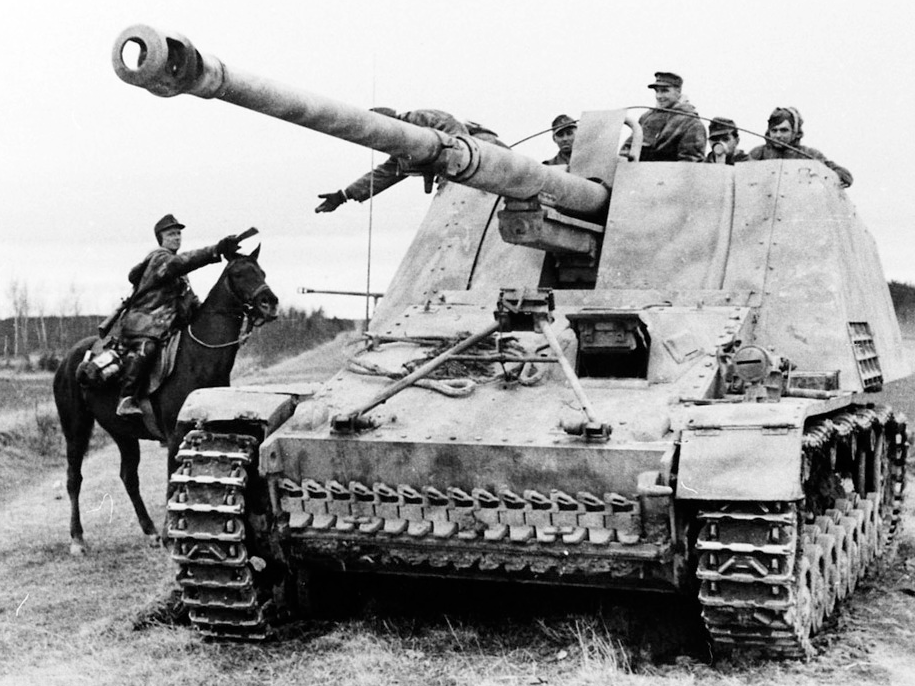
|
The Flak 18 guns range and penetrating power was excellent, but it needed to be installed on a faster, or more heavily armoured chassis (or both) to be more successfully, especially against the more modern Soviet tanks designs like the T-34. Which was why the focus became to field the 8.8cm gun on larger and more capable vehicles like the Tiger and Ferdinand. The Hornisse was also an attempt to field the 8.8cm gun, on a Hummel chassis, but was open topped and the armour was relatively thin, so while an improvement on the Bunkerflak, had similar issues of protection for the crew.
|
|
So now you know why it has been included in the Eastern Front book, lets talk a little about what its role is. It can be taken as a Support option in the Anti-Tank Section of the book either replacing mobile heavy anti-tank units like the Hornisse, Dicker Max, or Sturer Emil, or the fixed anti tank units like the 8.8cm Heavy AA, or the FJ 7.5cm Pak 40 platoon.
|
|
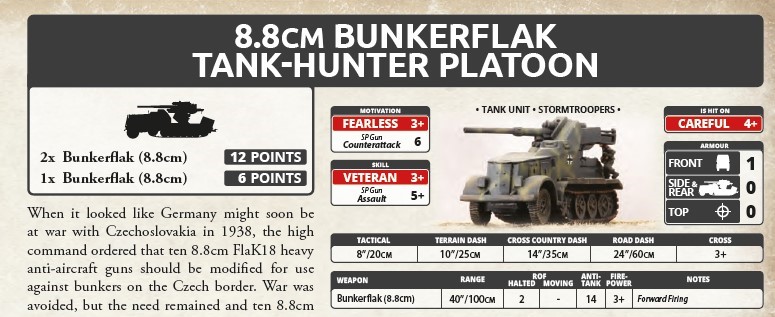
|
|
It is essentially the same as the Heavy 8.8cm AA gun, but instead of having a 4+ save and can dig in, it has mobility and a Front Armour of 1, so it is much less vulnerable to thing like machine guns or artillery/mortars. The price is the same at 6 points each, but you can only take a maximum of 2 per platoon, but you can take 2 platoons in total if you wish. They are very affordable, and look a bit like a cheaper Hornisse for me.
It has a slower than normal tactical move of 8”, but has Veteran crew, so it will be able to Blitz, Fire, then Shoot and Scoot with a decent chance of success with the 3+ Skill. The 40” range, AT 14 and RoF of 2 is good for the price, but keep in mind it has no moving RoF, so you will either need to Blitz successfully to fire, or just dash if you have to move, as there is no need to move tactically. It also has no MG, so you will need something nearby to help it fight off infantry.
|
|
I can see it being great in support of a defensive list, and taking two units of 1 could be a valid option, cheap, but also give your enemy tanks headaches if they want to advance. The advantage in taking this, instead of the Hornisse, is that you can take two units of 1, where you only have one Support option for the Hornisse. Also, as two separate units it means you can deploy them in opposite areas, creating a crossfire for enemy tanks to either defend against or push up through.
|
|
For me personally I’m going to take a unit in my German Mid War Fast Company list. These types of units were present in the early part of the Invasion of the Soviet Union, and would be nice from a historical perspective.
I think this is a very cool historical addition to the Eastern Front lists for the Germans, and I am very happy they are adding this flavour back into the book. As a long-time German player, there is nothing like seeing a bunch of smoking T-34s littering the field. Now I better go get me a box of these…. Actually, lets make it two boxes…
~Adam
|
|
|
|